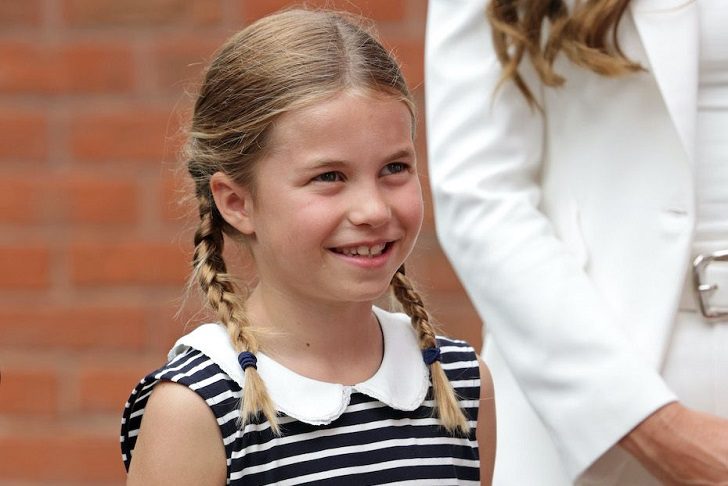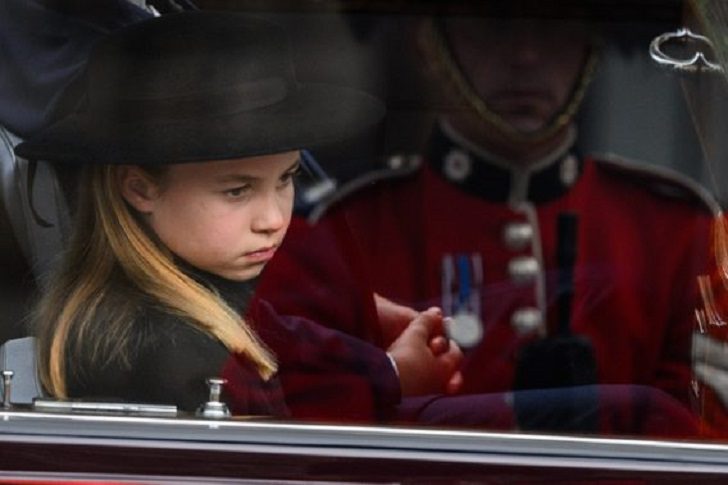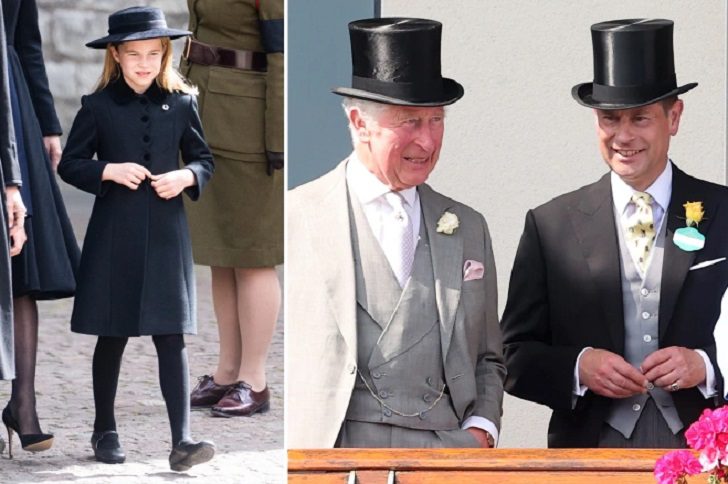Princess Charlotte, the second child and only daughter of the Prince and Princess of Wales, had a strong relationship with her late great-grandmother, Queen Elizabeth II, whom she called “Gan-Gan.” Observers of the royal family recognized the pair’s physical resemblance, but now their link will be cemented in a surprising and profound way.
Princess Charlotte is rumored to be presented with a new title when she reaches adulthood, as uncertainty over the future of the Edinburgh title rises. The King agreed with the late Queen and Prince Philip that the title would be handed to his younger brother, Prince Edward, when the Crown reverted to him upon his succession.
The Prince and Princess of Wales, however, may soon make history as the first princess of the blood to bear a ducal title “in her own right.”
Princess Charlotte is third in line to the throne

A royal insider revealed last month that Charlotte is in line to assume the title of Duchess of Edinburgh, which the late Queen once held. The role had previously been promised to Prince Edward, who was supposed to be named the next duke upon the title’s return to the Crown upon the ascension of King Charles III.
Charlotte would be the first princess of the blood to wield a ducal title “in her own right” if the King went through with the plan, although royal analyst Christine Ross remarked that the princess is likely to acquire another title in the future.
Charlotte made history at birth when she benefited from a reform in the rule of succession, becoming the first princess to keep her position in the pecking order regardless of any brothers born after her.
The King might confer the title of Duchess of Edinburgh, formerly held by the late Queen, to his oldest granddaughter at the age of majority or when she marries since senior members of the Royal Family have historically been honored with a new title upon their marriage.
The historical significance of the title

As with her great-grandmother, the designation of the title would reflect the breaking down of gender boundaries by monarchical women. Due to the Succession to the Crown Act of 2013, the line of succession to the throne is now determined by birth order. Historically, gender dictated succession sequence.
A royal insider reveals that Charlotte is the first female member of the royal family whose place in the succession line will not be overtaken by her younger brother. It is legally crucial that Charlotte be granted a comparable title,” the insider stated, “since it is not inconceivable that she may ascend to the throne if, for instance, Prince George does not have children.
More details

Since Queen Elizabeth II’s accession to the throne in 1952, the title Duchess of Edinburgh has not been used; she held the title from 1947 to 1952. Upon the death of his mother, King Charles III inherited his father’s title, but as King, the title is now available to be transferred to one of his brothers, according to the King’s discretion.
However, it was previously stated that Prince Philip wanted his youngest son to inherit his title and that Prince Charles consented to make this happen.




